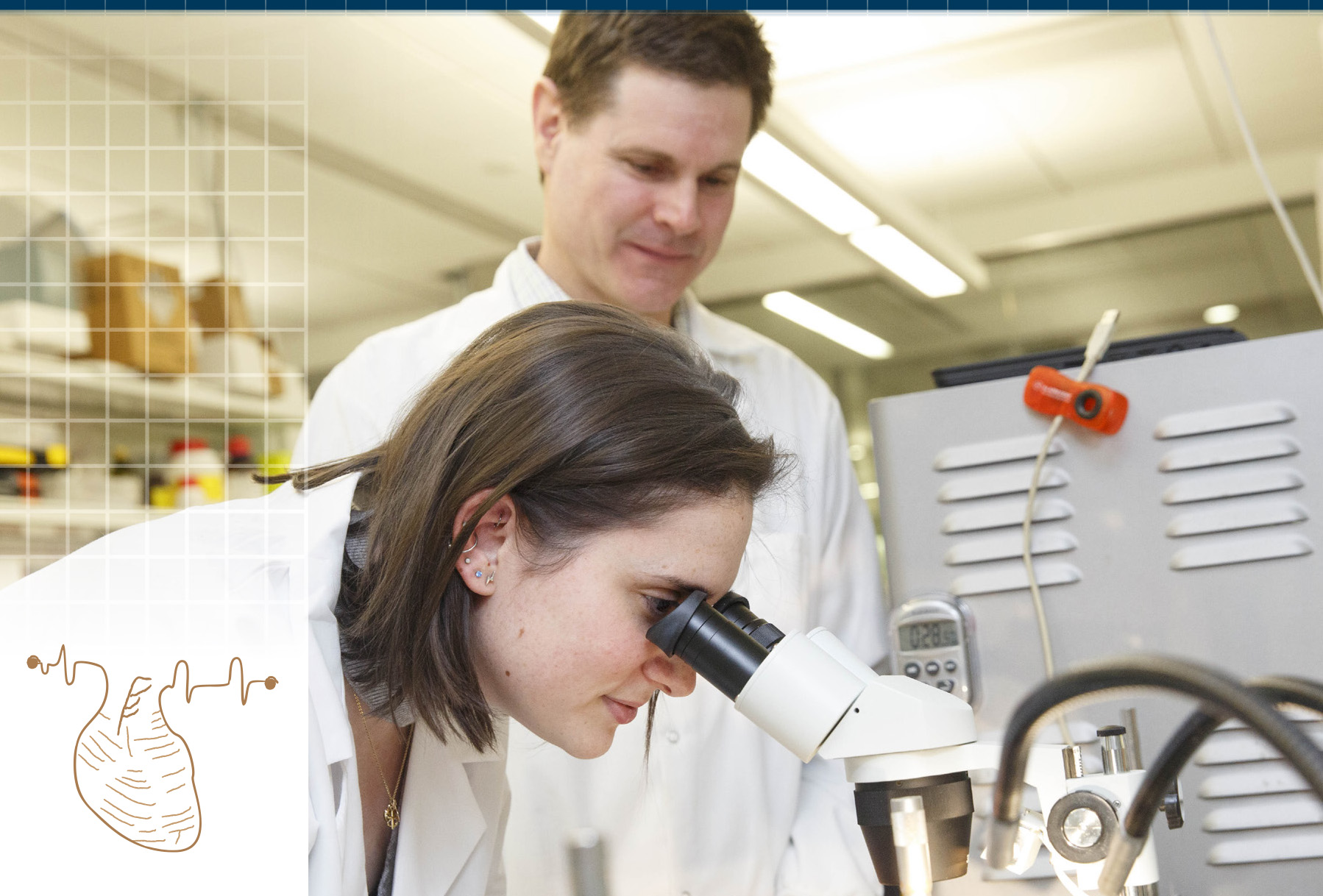Biomedical engineering (BME) is the application of engineering principles to human health issues, making the field well-positioned to address existing gaps in healthcare. Under the theme of “Bridging Healthcare Gaps: The Role of Biomedical Engineering,” the 2025 BMES Annual Meeting brought together over 5,500 researchers to share the work they’re doing in this area. Members of GW Engineering’s BME Department attended again this year, making a significant impact on this conversation.
The department was represented by Chair Vesna Zderic, Operations Lead Alyssa Pitysingh, and Operations Assistant Diyora Shodmonova. Showcasing the department’s leadership in BME innovation, PhD students Zannate Malik and Nathaniel Quirion shared their doctoral research, and Assistant Professor Junghun Cho was recognized with a Young Innovator Award.
As a new member of the GW Engineering faculty, Cho shared that this award represents an encouraging step in establishing his lab’s research direction and a recognition of his early progress. His research focuses on developing novel magnetic resonance imaging (MRI) techniques for quantifying clinically relevant tissue properties, including cerebral oxygenation.
By developing quantitative oxygen-metabolism imaging methods, Cho’s lab hopes to enable earlier detection of neurological disorders, such as dementia, stroke, and Parkinson’s disease. He aims to expand these techniques with AI-driven analysis and collaborative studies to help close the gap between imaging technology and clinical application.
“This award is a great honor and motivation. It recognizes not only my work but also the efforts of my students and collaborators, and encourages us to continue pushing the frontiers of MRI-based brain oxygen-metabolism mapping toward meaningful clinical impact,” said Cho.
The focus on “Bridging Healthcare Gaps” continued with the work presented by the department’s PhD students. Malik presented her work on improving personalized care for patients with autism, particularly addressing the need to understand how prominent traits correlate with comorbid conditions often overlooked by clinicians. To tackle this challenge, she leveraged high-resolution functional MRI (fMRI) scans and detailed clinical scores.
Malik employed machine learning to identify and group patients based on their unique brain connectivity patterns and graph neural networks to learn complex features and relate them to phenotypic scores. This allows her to translate complex neural data into data-driven categories of autism severity that can directly inform more precise clinical decisions.
“The significance of this work in the biomedical engineering field is to create feasibility in day-to-day activities for someone who has autism and also to increase their quality of life. We want to provide clarity and a better understanding of the disability to researchers, clinicians, and therapists who work in the disability field to provide an extra layer of neural context when approaching specific intervention plans,” Malik stated.
Another gap addressed by the department was the limitations of traditional cardiac sensing technologies, as demonstrated by Quirion’s presentation of a soft, full-integrated, multimodal optoelectronic sensor array. Developed in Professor Luyao Lu’s lab in collaboration with Northwestern University, the platform enables electrical and optical cardiac biointerfacing, demonstrating the first simultaneous in vivo voltage and calcium mapping.
“A custom, wireless electronics system enables real-time transmission of the electrical and optical recordings via a compact, flexible circuit module. The device captures meaningful cardiac and electrophysiological data, including quantifiable changes during disease progression from both ex vivo and in vivo studies. These results underscore GW’s interdisciplinary strengths in soft bioelectronics, microfabrication, and translational cardiac research,” said Quirion.
Altogether, the work showcased by the BME department demonstrates the field's ability to advance life-saving technologies and improve patient care. For Malik and Quirion, the meeting provided critical exposure, allowing them to network with leading researchers and receive direct feedback on their own work.
“As my first national conference, attending BMES benefited me greatly by introducing me to people from different backgrounds of BME who are just as passionate about their research as I am. Explaining my poster over and over also helped me boost my confidence and practice while encouraging me to look at my own project from a different perspective,” said Malik.
“The meeting facilitated new connections, idea exchange with peers, and highlighted GW Engineering’s growing impact in biomedical engineering,” said Quirion. “Overall, attending BMES strengthened the scientific and professional relationships that support my current and future research.”


